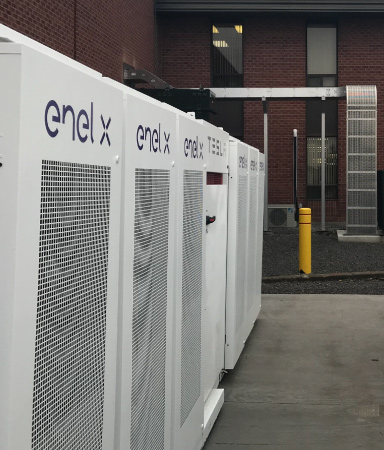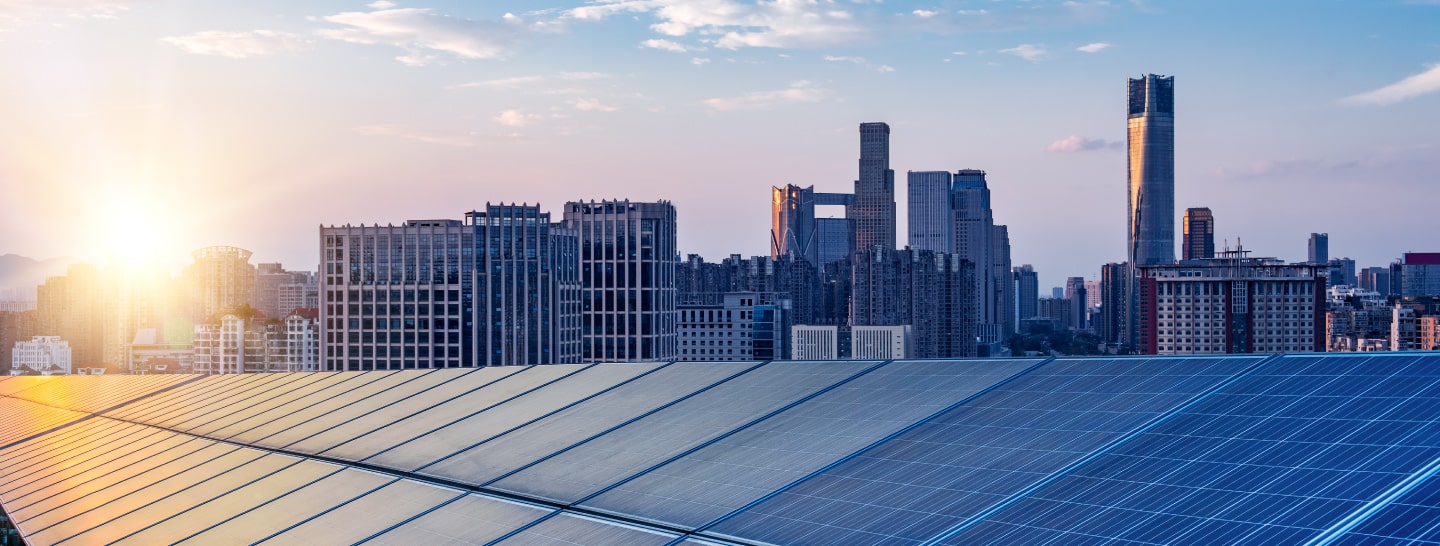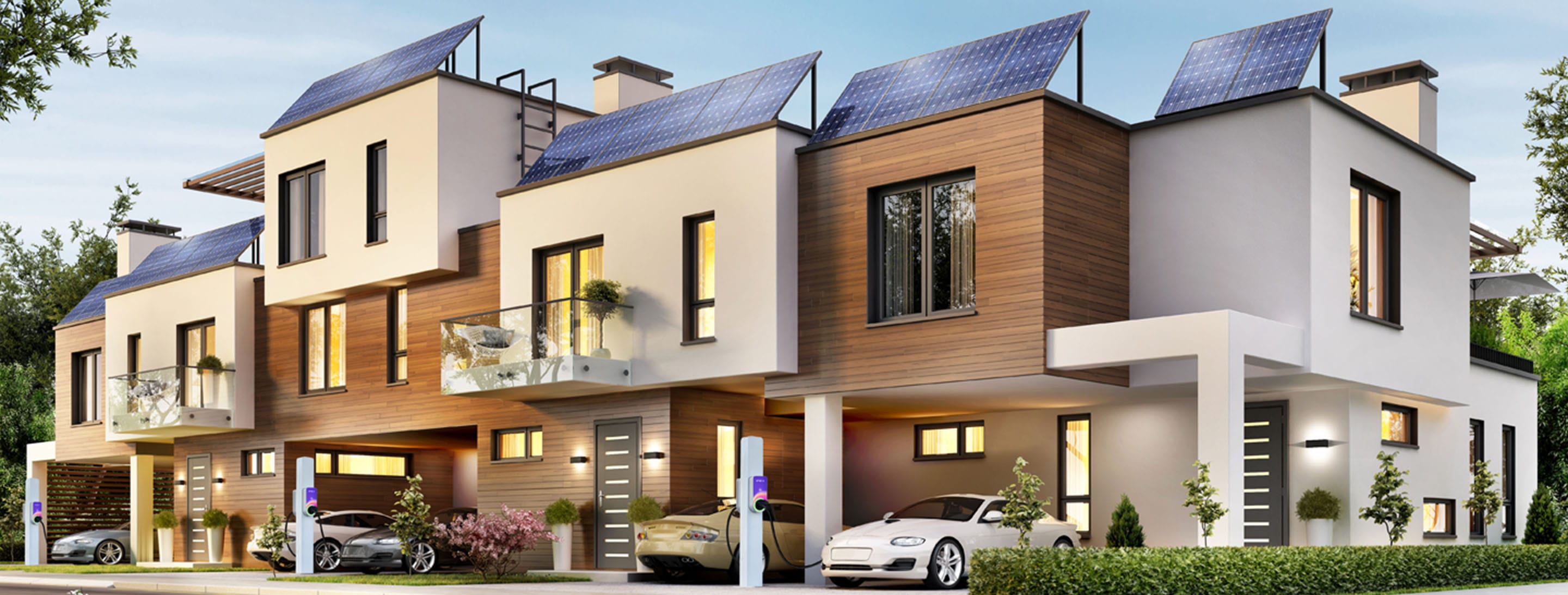How does a solar battery system work?
Solar battery energy storage systems work very much like the more traditional kind. Photovoltaic (PV) panels capture the sun’s light, transforming it into direct current (DC) electricity. This electricity passes through an inverter, a device that transforms the direct current into the alternating current (AC) that is used by final users. At this point, the energy produced is consumed immediately or sold to grid operators, if the end user doesn’t need it. Adding batteries to the system enables accumulating the energy for later use, for example for nighttime hours when the sun no longer powers the PV panels or during peak hours when grid power is in heavy demand (and, therefore, more expensive).
For those who want to know how to add battery systems to solar panels, the answer is simple: they should call specialized companies who have the experience and know-how and whose solar batteries storage characteristics best match their needs. The specialized firm will first of all carry out an inspection of the client’s site to determine which solution is the most appropriate. Factors that must be considered are:
The location where the panels and the batteries will be installed
How much sun the location is exposed to
The client’s power consumption needs.
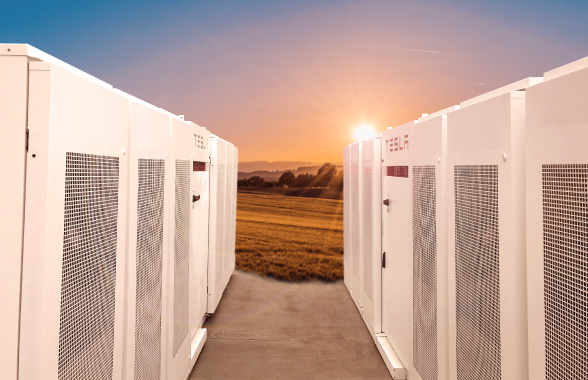
How much energy can a solar battery store?
How long can solar energy be stored in a battery?
How long does a solar battery last?
The answer to this question is: depends. The lifespan of a solar energy storage battery can range anywhere from five to 15 years, on average. The main factors influencing battery duration are:
The technology used, as each different battery technology has different characteristics
How much the battery is used, as measured in usage cycles. Most batteries that are hooked up to PV systems are "deep cycle batteries", which means that they discharge up to 80% of their energy before needing to be recharged.
The operating temperature: exposure to extreme temperatures (both high and low) negatively impacts a battery's performance and lifespan. In places characterized by temperate climates - optimal for batteries - the batteries will last longer and perform better
Finally - but not least importantly - proper maintenance, which helps extend the solar BESS lifespan.
What are the main benefits of solar battery storage and when is it advisable?
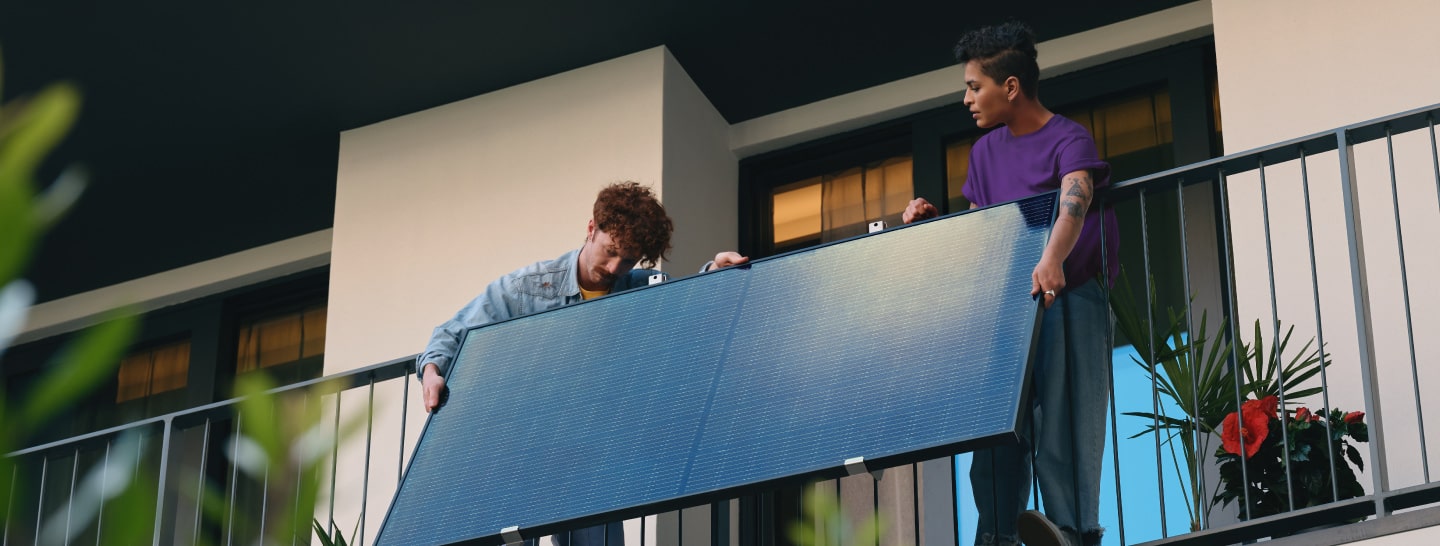
- Solar energy paired with battery storage systems also help keep consumers’ utility bills lower, by ensuring they need less grid power and also through programs that reward efficient energy use and the re-purchase by grid operators of excess power stored in batteries
- Solar energy offers residential and business users a clearcut way to reduce their carbon emissions and, therefore, decrease the size of their carbon footprints
- Solar battery energy storage systems increase grid resiliency by on the one hand helping reduce demand loads on energy grids, on the other by using excess energy stored in the batteries to boost grid supply when there are demand peaks
- By automatically and seamlessly taking over energy supply for short periods of time, such systems ensure businesses and residential users aren’t left without energy when there blackouts caused by grid faults or when photovoltaic panels can’t generate power (for example, during nighttime).




